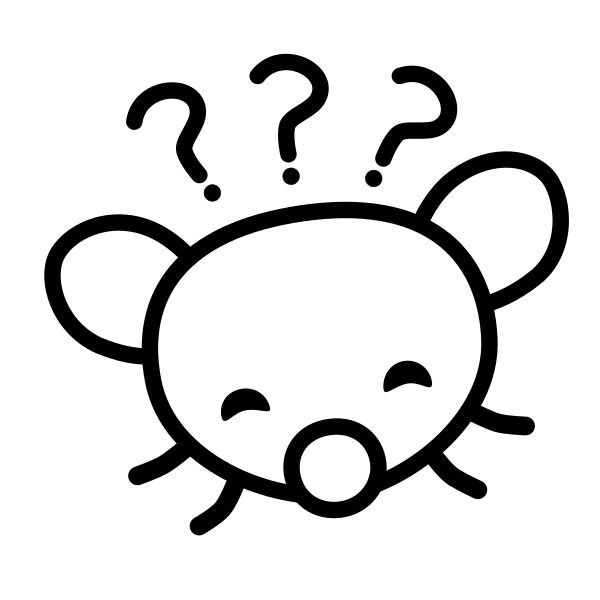Or maybe, “why is monogamy so prevalent?” Tbh I don’t have the stats on hand to feel confident asking it that second way, hence the title question, but in either case the question still stands.
because actually finding one person to put up with my bullshit was extremely rare…2 or more? inconceivable!
Monogamous setups are the most common arrangement for us humans. Even in societies where polygamy is allowed, it’s usually the minority. Cheating is a bit more common, with around 25% of men admitting to it and 15% of women. So while not perfectly monogamous, I would still say it’s prevalent.
No one knows for sure why but there are a few theories floating around. A leading one is that infanticide is a huge concern for humans and many other primates. Our pregnancy periods are one of the longest and it takes over a decade for our offspring to reach a point where they can be self-reliant. By limiting ourselves to a single partner we increase the odds of our offspring surviving.
For the male partner limiting themselves to a single partner has benefits. Spending less time trying to attract another female partner means more time for providing for your existing partner and offspring. With birthrates of males and females being close to 1:1, limiting themselves to a single female partner also means fewer male rivals without a partner/offspring. Which reduces the risk of a rival trying to kill them, and their offspring, and taking their female partner for themselves.
We also see a shift in partner choice from females. With females preferring to mate with good providers rather than the strongest available partner. This meant the focus of male parts of the species shifted from fighting each other to becoming providers.
And these changes probably happened with ancient ancestors. Before we would consider them modern humans, maybe as early as Homos Errectus. We still see similarities in other primate species that are monogamous. For example, if the size difference between the male and females in the species is small, they tend to be monogamous. And humans are fairly similarly sized, we aren’t equal but it’s also not as big as with gorillas, where males are twice the size of females.
But there is also a big asterisk to human monogamy. Especially if we look at warfare and slavery. Invading armies raping the local population is a huge issue even today. And many slaves had and have no choice in their sexual activities either.
This is a good historical perspective. In modern times, IMO, this is driven either by tradition, religion, or simple jealously. It’s harder to control someone into a situation where you can restrict their contact with other potential mates, if their partner is “the jealous type”.
Which isn’t to mention that until very recently, compared to the whole of human history, women were subservient to the men in their lives. Often as property. Owned by their father until marriage, then owned by their husbands. This would have factored in, and especially with religion reinforcing the notion of the man as the head of the household, and promoting monogamy, a lot were living that life.
Polyamory and polygamy while fairly old ideas, are still fairly taboo for most, even if they would otherwise be open to it. There have been some that accomplish it in the modern era, usually in small clusters of people, but finding near-by, like-minded people is usually difficult at best, and impossible at worst.
There’s also the fear of disease, since we started to identify sexually transmitted infections, which has only really been happening in the last ~100 years, give or take, there’s an aspect of concern when going from a single partner to multiple. Obviously there are protections that exist but nothing is absolute. Some may limit their options simply so they do not have to worry about whether their partner(s) have picked up anything from others, which could be passed to them.
I’m sure there’s a lot more that can be considered for modern monogamy, but I think those are the big ones. Everyone’s choices are their own with their own personal driving forces to the decision. I think at a basic level we’re typically wired for it, based on hillock’s assessment, we’ve evolved to want monogamy for the benefit of our offspring; I think that’s changing, since we don’t bed wrestle for the purpose of making more humans most of the time anymore; even still, that biological drive to stick around to support the child bearing members of the species is still very strong even if there’s no children, and no expectation of children involved in the process.
STIs have been recorded for centuries, and we had a good idea of the route of transmission even then. Gonorrhea has been noted in medical records for over 700 years.
It’s not that common, what’s common is married people claiming to be monogamous.
Who hurt you?
If we take that to truly be the case, then the question slightly changes to (setting aside maybe some jurisdictional details), why marry & make the claim?
In the animal world “monogamous” has a different meaning. It refers to animals who pair off to to raise young. Animals like penguins, swans, some voles etc are monogamous for life. But that doesn’t say anything about sex…the mating is all over the place. So maybe this is just a natural pattern that we layer with sociological concepts and interpretations. The pairing of couples with extracurricular activity is seen all over the animal kingdom.
Because it’s the default, societally expected way of being. There’s a lot written about it in books and online; you just need to Google it and look in your local library’s catalog. There you’ll find much more detailed answers and history, including how and why religious and political influence has been used over time.
Monogamy isn’t actually practiced by most of humanity. The existence of STIs that have evolved in the human population is ample enough evidence of that. STIs simply wouldn’t exist if monogamy was actually the norm. People may find it easier at times to pair off for sexual activity, but if monogamy was the norm then there wouldn’t be any opportunity for STIs to thrive.
The prevalence of paired relationships in many countries has to do with laws, taxes, and health benefits. (US perspective here) Many US states make it impossible for people in poly relationships to have and raise kids together. Those US states that don’t make it legally impossible make things difficult. Even for people in poly relationships without kids, there are issues of health care and access to family members in hospital and care settings, etc. All of this is a lot of extra effort that many people just aren’t willing to deal with, even if they wanted to be in a poly relationship.
From a purely mechanical perspective, human genitalia are physically evolved for multiple partners (simultaneous or serial). Species that are evolved for monogamy have very very different sexual organs.






